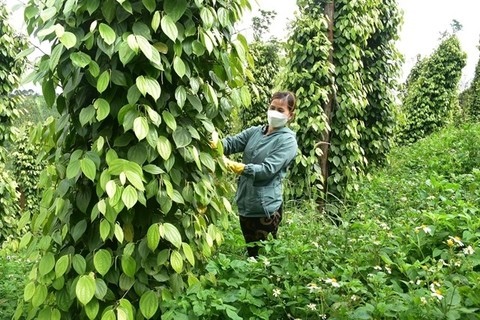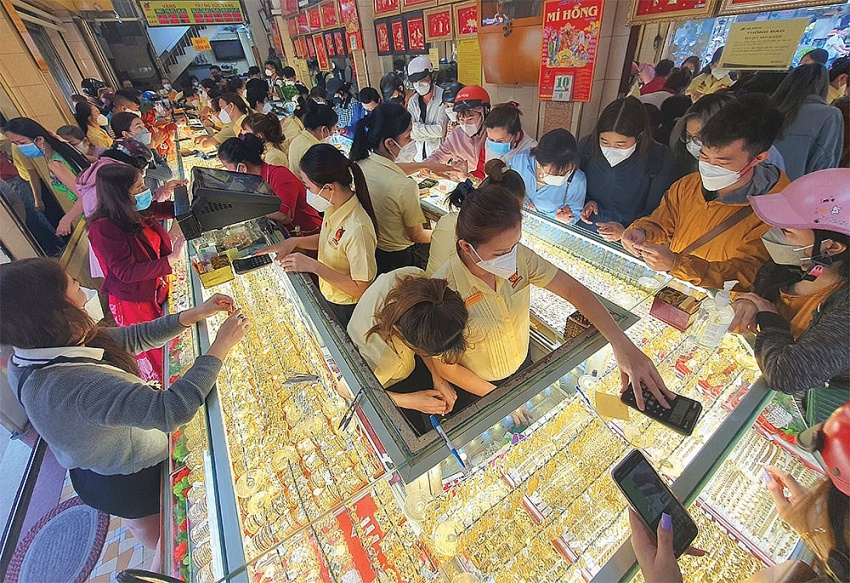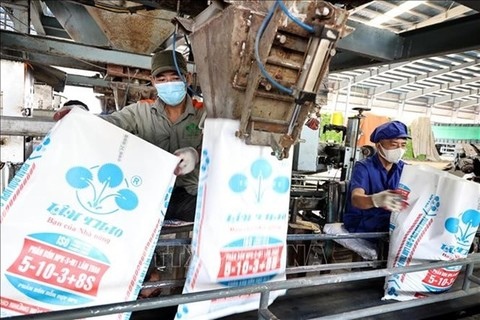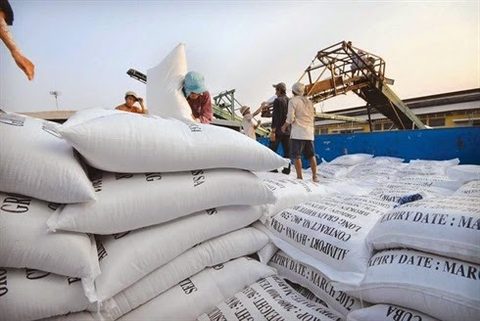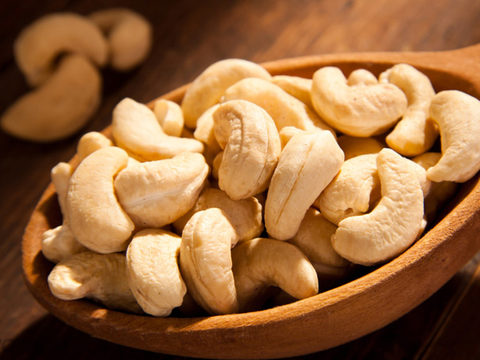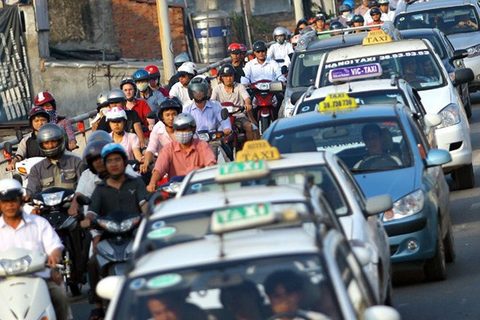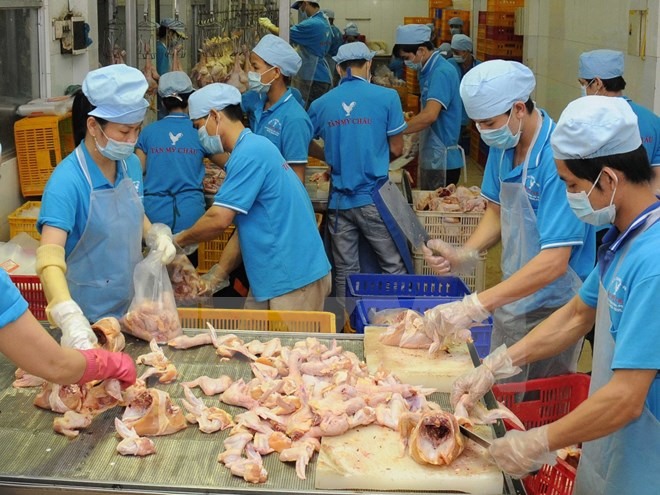Mass switch to pepper causes market crash
Mass switch to pepper causes market crash
A pepper glut in the Central Highlands as more and more farmers switched to the crop lured by the earlier high profits from the spice has caused prices to collapse and threatens to bankrupt many of them.
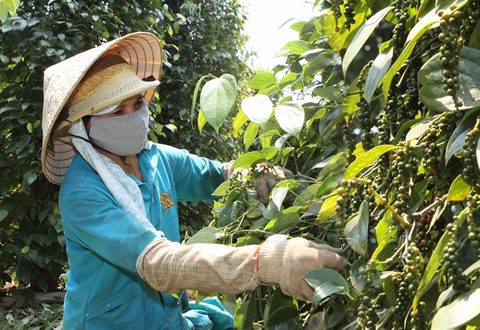
Huge expansion of the area under pepper and output have made regional master plans for the spice redundant and local authorities helpless, and threaten the well-being of many local farmers.
In the region which has been known as the largest pepper producer in the country, Dak Lak, Dac Nong and Gia Lai provinces, the main pepper-growing areas, have 68,600 hectares under the crop now. The master plan had envisaged them having 18,000ha in 2020.
With the local weather and soil being ideal for pepper, the average yield here is 3.15 tonnes per hectare and the spice has always fetched high incomes for locals.
But the glut this year has sent prices crashing by half to just VND100,000 (US$4.5) per kilogramme. As a result, tens of thousands of farming households are in debt, with many even going bankrupt.
Cu Kuin, Chu Se and Chu Puh districts in Gia Lai Province have for long been famous for their pepper. Due to the very high profits in recent years, many farmers here have switched from other plants to pepper.
Pham Hong Nhat of Hamlet 3, Nam NDjang Commune, Cu Kuin District, became rich over the years thanks to pepper but faces difficulties this year.
“My family harvested 40 tonnes of pepper and I did not want to sell it because the price was so low, but I had to sell 20 tonnes for day-to-day expenses.”
Nguyen Huu Tam, deputy chairman of the Chu Se District Pepper Association, was quoted as saying in Nhan Dan (People) newspaper: “Many farmers borrowed money at high interest rates. They will surely be in debt because of low pepper prices.”
Plant disease
The glut came about because farmers switched en masse to pepper without support plans and ignoring all warnings from authorities.
It has rendered local agricultural master plans irrelevant and unleashed plant diseases due to massive fertiliser use and failure to nourish land.
According to a recent survey by the Viet Nam Pepper Association, Gia Lai has over 6,100ha of disease-hit lands while the yields in Chu Se and Chu Puh districts have declined by 25-30 per cent.
The association said local authorities are unable to control either the area under pepper or the quality of seeds used for planting. Low-quality pepper seeds are sold everywhere, resulting in increasingly lower yields.
But there is no in-depth research into the diseases or incubation of pepper projects, it said.
According to the Steering Committee of the Central Highlands, in the first six months of this year there were over 1,700 violations of the Forest Law, including 323 cases involving destruction of 122ha of forest to grow pepper plants.
To improve the situation, the Central Highlands Agricultural, Forestry Science and Technology Institute has organised agricultural encouragement forums, undertaken technology transfer, provided technical training and set up pilot pepper farming models.
It hopes these activities would apprise local farmers and authorities about the situation and teach them how to sustainably grow pepper.
“It is necessary to build a ‘Vietnamese pepper’ national brand name and more investment is needed to build pepper into a strong industry,” Nguyen Tri Ngoc, head of the Ministry of Agriculture and Rural Development’s Crops Production Department told a recent seminar on pepper development.



